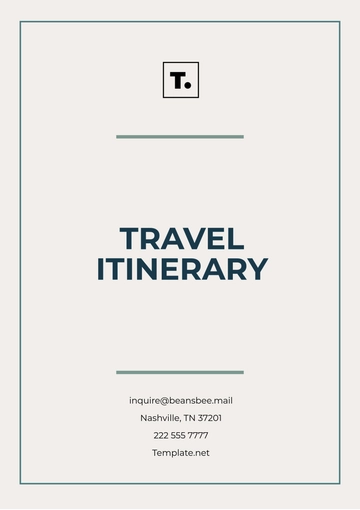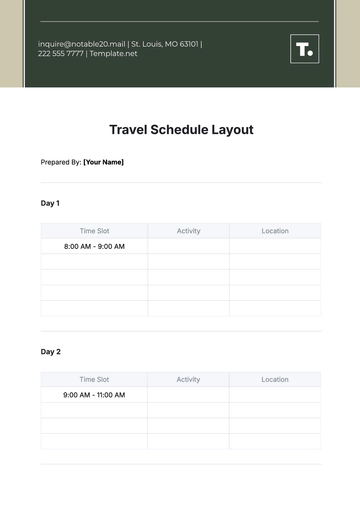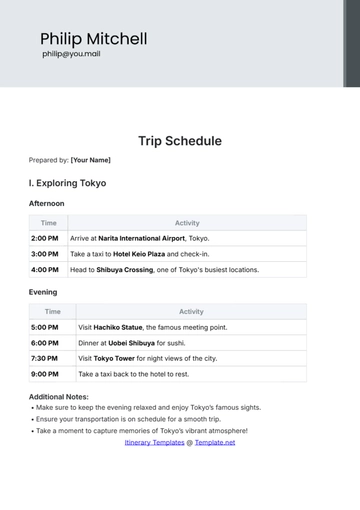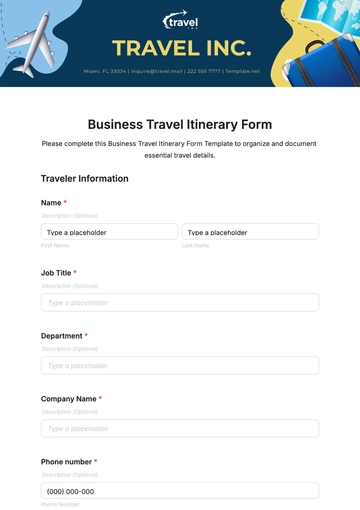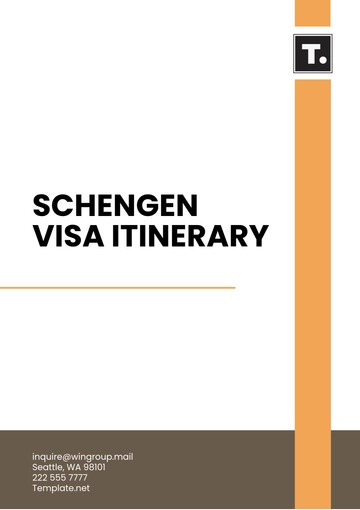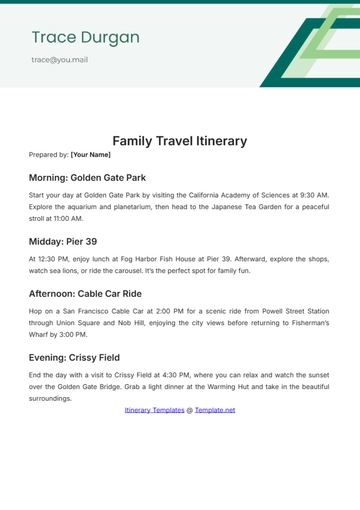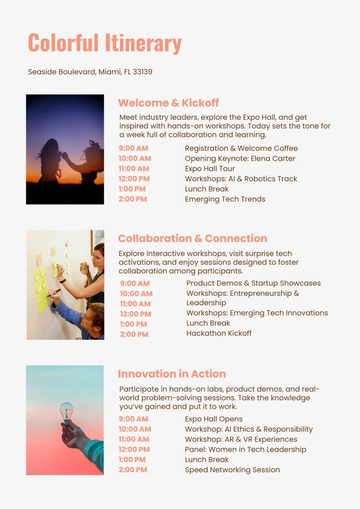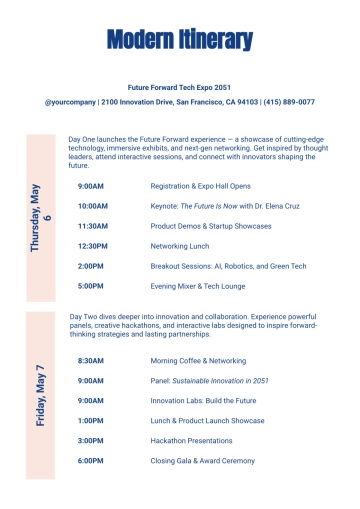Free 1 Month Japan Itinerary
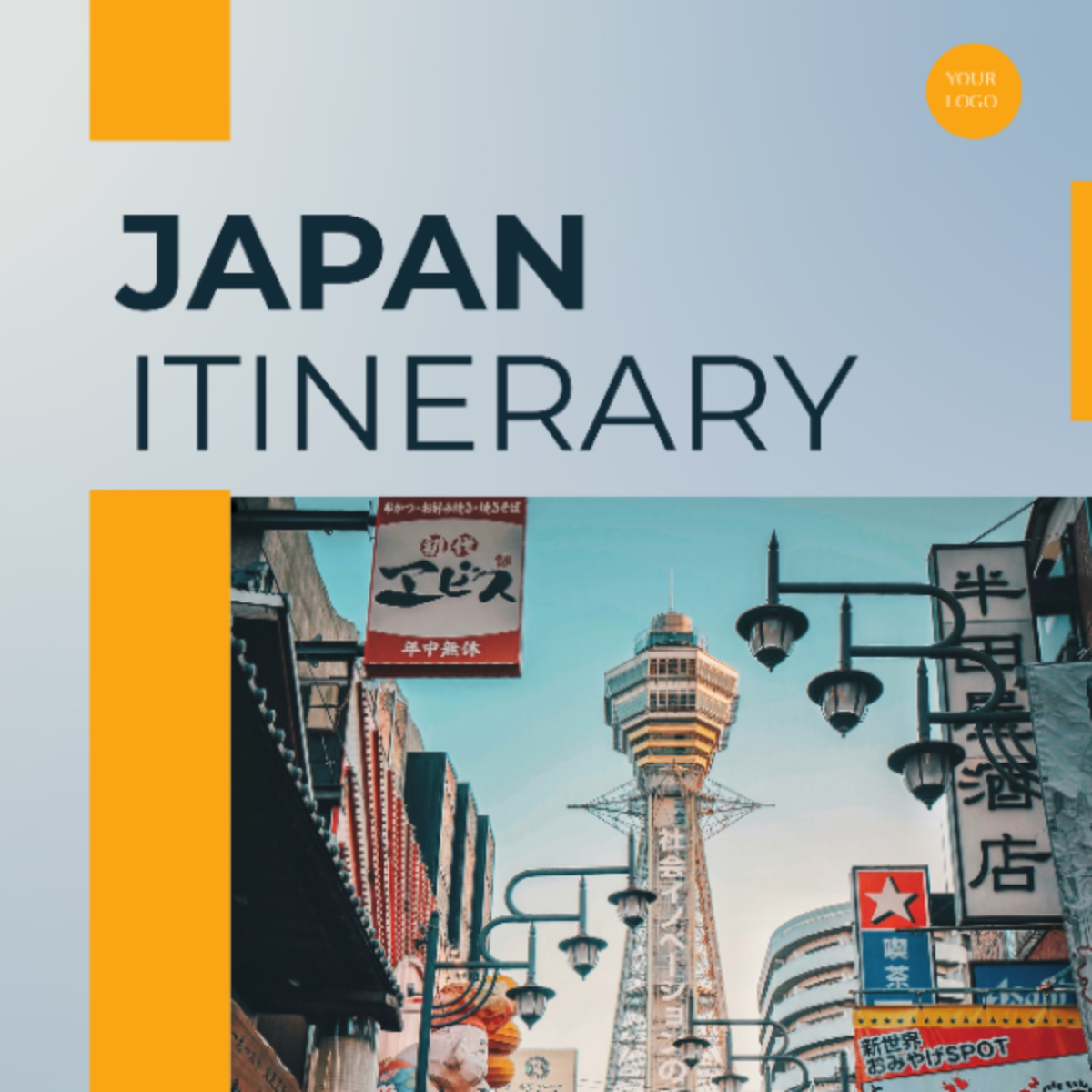
Prepared by: [your name]
Date: [date]
Destination: Japan
Week 1: Wonders of Tokyo and Hakone
Day 1-3: Tokyo
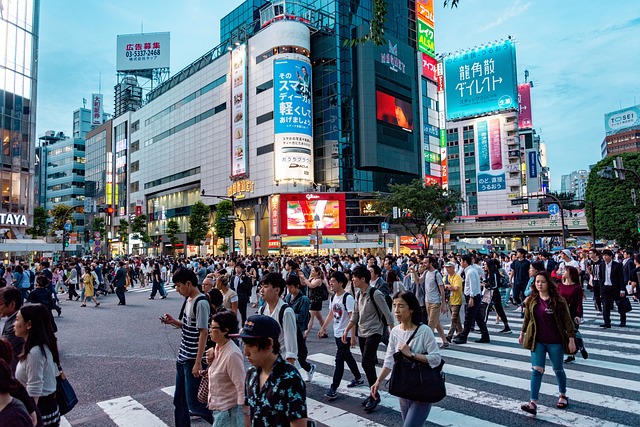 Tokyo
Tokyo
Begin your Japanese odyssey in the electric metropolis of Tokyo, a city where cutting-edge technology and ancient traditions merge seamlessly. Your first stop is Tokyo Disneyland, a magical kingdom where dreams come to life, offering thrilling rides and enchanting entertainment for all ages. Allocate a full day here to experience the myriad attractions at your leisure.
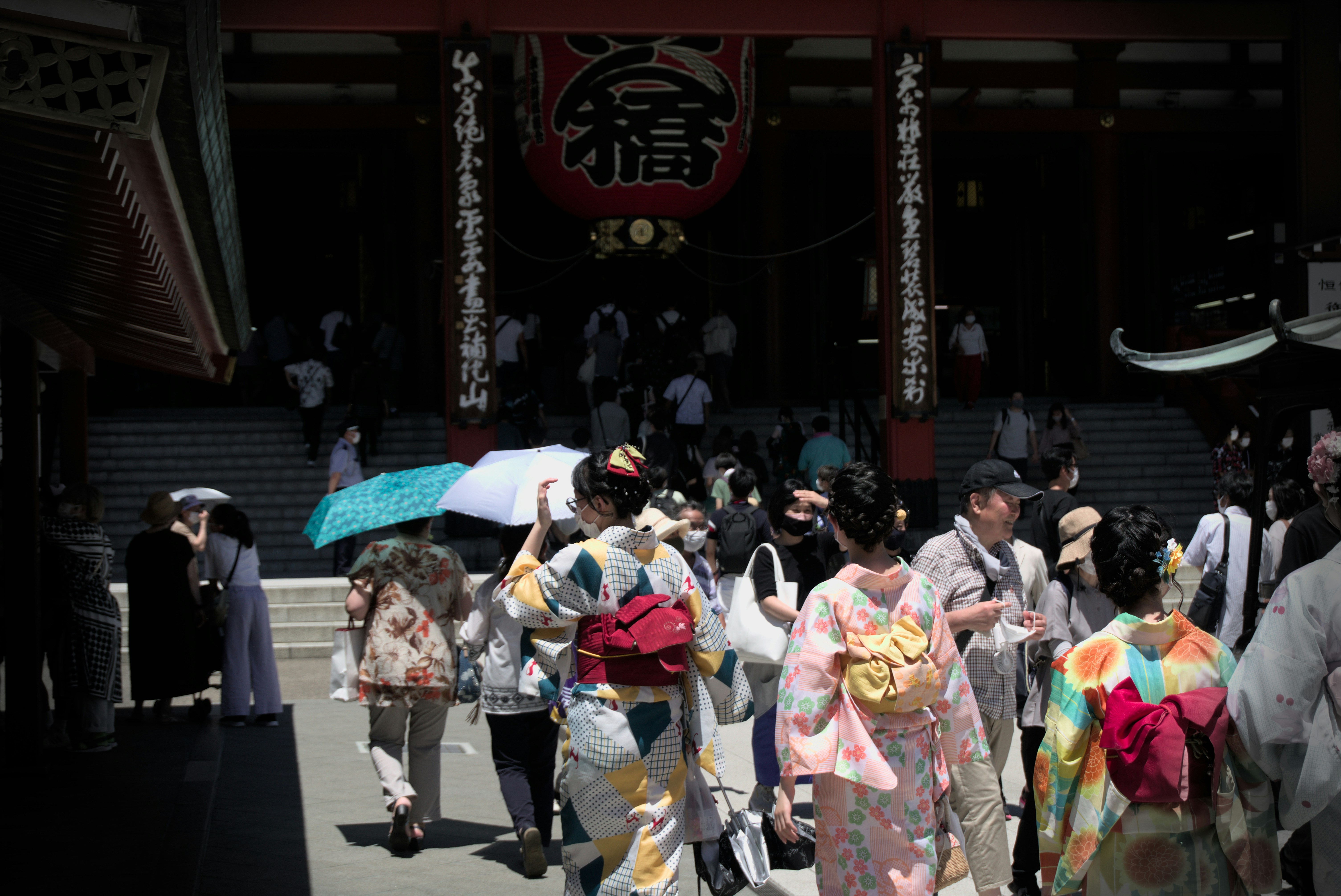 Meiji Shrine
Meiji Shrine
On your second day, seek tranquility at the Meiji Shrine, an oasis of calm amidst the urban hustle. This shrine, dedicated to Emperor Meiji and Empress Shoken, is surrounded by a lush forest that spans over 170 acres, providing a serene escape from the city's frenzy. In the afternoon, explore the vibrant Shibuya and Harajuku districts, known for their unique street fashion, bustling retail outlets, and the iconic Shibuya Crossing.
Day three invites you to the historic Asakusa district, home to the Senso-ji Temple, Tokyo's oldest and most significant temple. Wander through the Nakamise shopping street, which leads to the temple, offering traditional crafts and snacks. Cap off your Tokyo adventure with a visit to the Tokyo Skytree to enjoy panoramic views of the city from its observation decks.
Day 4-6: Hakone
 Mount Fuji
Mount Fuji
On day four, journey to Hakone, renowned for its natural beauty and hot springs. Settle into a traditional ryokan and experience onsen culture by soaking in a natural hot spring bath. The next day, embark on a cruise on Lake Ashi, where, on a clear day, the iconic Mount Fuji provides a stunning backdrop. Following your cruise, take the Hakone Ropeway to Owakudani, witnessing the volcanic valley's active sulphur vents and hot springs.
Your final day in Hakone is for leisurely exploration. Visit the Hakone Open Air Museum, which integrates modern art with nature, offering a refreshing artistic experience in a scenic setting. Alternatively, indulge in a peaceful walk along the ancient cedars of the Hakone Old Tokaido Road, retracing the steps of feudal lords.
Week 2: Tradition in Kyoto and Nara
Day 7-10: Kyoto
 Kyoto
Kyoto
Transitioning from the modern to the ancient, Kyoto awaits with its timeless allure. Spend your first day visiting the Fushimi Inari Shrine, famous for its thousands of vermilion torii gates. Then, explore the Arashiyama bamboo grove, a breathtaking natural wonder that feels like stepping into another world.
The following days in Kyoto should include visits to Kinkaku-ji, the Golden Pavilion, and Ryoan-ji, known for its Zen rock garden. Don't miss the chance to stroll through Gion, Kyoto's geisha district, where you might catch a glimpse of a geiko or maiko adorning traditional attire. Engage in a cultural experience by participating in a tea ceremony, offering insights into this ancient Japanese practice.
Day 11-14: Nara
Nara, your next destination, is steeped in history. At Nara Park, friendly deer roam freely, embodying the city's harmonious relationship with nature. Visit Todaiji Temple, housing the world's largest bronze statue of the Buddha Vairocana. Explore the Kasuga Taisha Shrine, renowned for its lantern-lined pathways, before delving into the Nara National Museum to appreciate its extensive collection of Japanese Buddhist art.
In the following days, immerse yourself in Nara's less frequented sites, such as the Isuien Garden, a quintessential Japanese garden offering a tranquil retreat. Wrap up your Nara visit with a journey through the Naramachi district, where traditional merchant houses have been transformed into quaint shops and cafés.
Week 3: Urban Excitement in Osaka and Hiroshima
Day 15-18: Osaka
 Osaka
Osaka
Osaka beckons with its vibrant street life and culinary delights. Dedicate a day to Universal Studios Japan for an exhilarating experience with attractions ranging from The Wizarding World of Harry Potter to Minion Park. Explore the Dotonbori district, the heart of Osaka's nightlife and street food scene. Sample local delicacies such as takoyaki (octopus balls) and okonomiyaki (Japanese savory pancake).
Spend your next days in Osaka visiting Osaka Castle, one of Japan's most famous landmarks, and the Umeda Sky Building, offering a spectacular view from its Floating Garden Observatory. For a deep dive into Japanese history and culture, the Osaka Museum of History and the National Bunraku Theatre, showcasing traditional puppet theater, are must-visits.
Day 19-21: Hiroshima
Hiroshima presents a poignant chapter in your journey. The Peace Memorial Park and Museum articulate the horrors of the atomic bomb and the city's dedication to peace. After reflecting on Hiroshima's past, take a ferry to Miyajima Island to visit Itsukushima Shrine, famous for its floating torii gate, symbolizing the harmony between man and nature.
Use your remaining time in Hiroshima to explore the Shukkeien Garden, a beautiful landscape garden that miniaturizes scenic views, or indulge in Hiroshima-style okonomiyaki, a local variant of the popular dish.
Week 4: Northern Beauty in Sapporo and Hokkaido
Day 22-25: Sapporo
In Sapporo, the capital of Hokkaido, immerse yourself in its renowned culinary scene, starting with its famous ramen. Visit the Sapporo Beer Museum for a taste of Japan's brewing history, followed by a stroll through the picturesque Odori Park. Don't miss the Historic Village of Hokkaido, offering a glimpse into the region's past through well-preserved buildings.
Day 26-30: Hokkaido
Conclude your Japanese adventure in the vast landscapes of Hokkaido. Revel in the natural beauty of the Blue Pond in Biei, known for its ethereal blue water. Enjoy the hot springs of Noboribetsu, where you can relax in therapeutic waters surrounded by stunning volcanic landscapes. Spend your last days exploring the wilderness of Daisetsuzan National Park, Japan's largest national park, offering hiking trails through pristine nature.
Affordable or Top-Rated Hotels
In Tokyo, consider the Hotel Sunroute Plaza Shinjuku for a blend of affordability and convenience, or the Park Hotel Tokyo for a more upscale experience with stunning city views.
In Hakone, Yumoto Fujiya Hotel offers a traditional stay with onsen facilities, while Gora Kadan provides a luxurious ryokan experience in a serene setting.
Kyoto's Hotel Granvia Kyoto, located within the JR Kyoto Station building, offers easy access to transportation, while The Ritz-Carlton, Kyoto offers luxury alongside the Kamogawa River.
For Nara, Onyado Nono Nara is a comfortable and affordable option, whereas Nara Hotel offers a blend of history and luxury.
In Osaka, Cross Hotel Osaka is recommended for its proximity to the Dotonbori area, while InterContinental Osaka offers luxury and stunning city views.
Hiroshima has ANA Crowne Plaza Hiroshima for convenience and comfort, and Sheraton Grand Hiroshima Hotel, offering upscale accommodations near Hiroshima Station.
Sapporo's JR Tower Hotel Nikko Sapporo offers direct access to Sapporo Station, while Keio Plaza Hotel Sapporo provides luxury and comfort in the heart of the city.
For Hokkaido (wider area), consider staying at La Vista Hakodate Bay in Hakodate for a memorable experience, or Hilton Niseko Village for breathtaking views and luxury amenities.
Emergency Contact Numbers
General Emergency (Police, Fire, Ambulance): Dial 110 for police and 119 for fire and ambulance.
Japan Immigration Bureau: +81-3-5796-7111
Tourist Information/Assistance: Japan National Tourism Organization (JNTO) offers a 24-hour hotline at 050-3816-2787 for assistance in English and other languages.
Banks/ATMs
Most convenience stores in Japan, like 7-Eleven, FamilyMart, and Lawson, have ATMs that accept international cards. Major banks such as MUFG Bank, Mizuho Bank, and Sumitomo Mitsui Banking Corporation (SMBC) are also reliable options for banking services.
Top-Rated Restaurants
In Tokyo, don't miss Sukiyabashi Jiro for sushi, or Narisawa for innovative Japanese cuisine.
Kyoto is home to Kikunoi, renowned for kaiseki dining, and Tsujiwa Kana-ami, known for tempura.
In Osaka, Kani Doraku Dotonbori is famous for its crab dishes, and Hajime for modern Japanese cuisine.
Hiroshima is known for its okonomiyaki, with Okonomimura being a popular choice.
In Sapporo, Ramen Shingen Minami-6joten offers some of the best ramen, while Jingisukan Daruma 4.4 is a must-visit for lamb barbecue.
Hospitals
Tokyo: St. Luke’s International Hospital, offering high-quality healthcare services with English-speaking staff.
Kyoto: Kyoto University Hospital, one of the leading medical facilities in Japan.
Osaka: Osaka University Hospital, known for its comprehensive healthcare services.
Hiroshima: Hiroshima City Hospital, offering a range of medical services with some English-speaking staff.
Sapporo: Hokkaido University Hospital, a leading medical institution in the region.
Bus/Train Stations
Most cities in Japan are well-served by their extensive and efficient public transportation systems. Key train stations include Tokyo Station, Kyoto Station, Osaka Station (Umeda), Hiroshima Station, and Sapporo Station. These stations are hubs for local and national rail lines, including the Shinkansen (bullet train), providing easy access to other parts of Japan. Local buses are also available in each city, offering convenient connections to various attractions and accommodations.
This comprehensive itinerary is crafted to ensure a fulfilling journey through Japan, blending its rich history, vibrant culture, and breathtaking natural beauty. Safe travels!
- 100% Customizable, free editor
- Access 1 Million+ Templates, photo’s & graphics
- Download or share as a template
- Click and replace photos, graphics, text, backgrounds
- Resize, crop, AI write & more
- Access advanced editor
Explore Japan like never before with the 1 Month Japan Itinerary Template from Template.net! This customizable and editable guide, powered by our exclusive AI Editable Tool, offers a personalized journey through the Land of the Rising Sun. Tailor your adventure with ease, ensuring every day is as unique as your tastes. Perfect for the avid traveler seeking a seamless experience.
